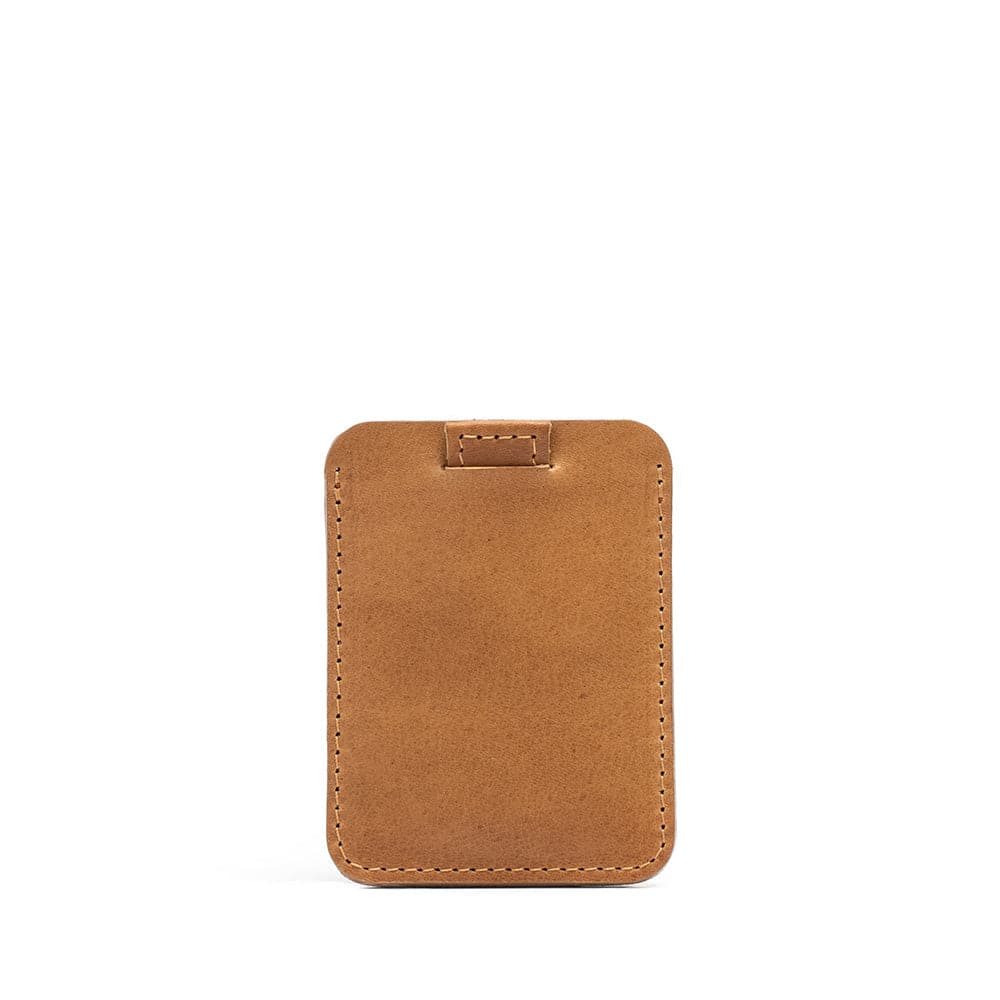The HomePod is a remarkable piece of technology, capable of filling a room with high-quality sound that seems to come from all around you. However, some users find the bass equalization a bit too heavy, resulting in a somewhat muddy sound. If you're one of those users, this guide will show you how to adjust the equalization on your HomePod to achieve a more balanced sound.
Adjusting the EQ of the HomePod when AirPlaying from an iPhone or iPad
If you're AirPlaying directly from your iPhone or iPad, you can adjust the equalization using a handful of presets. Please note that the EQ adjuster does not work after you've begun AirPlaying music to your HomePod, so set the EQ before you switch to HomePod.
- Begin playing music from your iPhone.
- Launch the Settings app on your iPhone or iPad.
- Tap Music.
- Scroll down and tap EQ under the Playback menu.
- Select a preset. If you're trying to reduce the heavy bass, we recommend either Bass Reducer or Treble Booster, but you can play around with the presets to get your ideal balance.
- AirPlay to your HomePod.
The new EQ preset will save on your iPhone and will always be used when AirPlaying from the Music app on your iPhone or iPad. To change the preset, you can follow the steps above, but the audio won't change until you stop AirPlaying and then start AirPlaying again.
Please note that many third-party music streaming services, like Spotify and Tidal, have their own in-app equalizers you can use to adjust your levels.
Adjusting the EQ of the HomePod when AirPlaying from a Mac
When AirPlaying from a Mac, you have more control over the equalization adjustments thanks to the Equalizer.
- Launch iTunes on your Mac.
- Click on Window in the app menu bar.
- Select Equalizer.
- To select a preset, click on the dropdown menu. If you're trying to reduce the heavy bass, we recommend either Bass Reducer or Treble Booster, but you can play around with the presets to get your ideal balance.
- To adjust the EQ manually, drag the dB sliders up or down to suit your balance. The sliders to the left are all of the low-end and bass adjustments while the sliders to the right are the high-end and treble adjustments.
Understanding the EQ Level Adjustments
The Equalizer adjusts the frequency you hear. The lower frequencies change the low-end while the higher frequencies change the high end. Here's a brief rundown of what each frequency adjustment does:
- 32Hz - 0 - 60Hz: Covers the very lowest end of the frequency spectrum. It's called the Sub Bass and when boosted, it increases the thickness of things like the kick drum, bass, and the lower-end notes in other instruments.
- 64Hz: The Bass frequency improves the sound of toms, deep instruments, and a song's bottom end. With both the 32 and 64Hz sliders up, you'll be setting the EQ for a thicker sound better suited for dance music.
- 125Hz: Once you get above 100Hz, you're getting into the mid frequencies. Keep these sliders somewhere in the middle for the best balance of sound. It makes guitars and the drum's snare more pronounced and adds an overall "hard" sound to a song.
- 250Hz: Though this is also part of the midrange frequency, you should use it sparingly. It boosts vocals and makes guitars sound thicker. It can also make your overall sound a little muddy, so don't push this level too high.
- 500Hz: Another mid-range level. It'll give a bit of punch to your music, boosting higher-end sounds while still maintaining some of the low-end. It can pull out bass notes while keeping the rest of the audio clear.
- 1KHz: This section starts the highest part of the mid-range level. It can be described as "tinny" if you use too much of it. It adds a little more presence to things like vocals and piano.
- 2KHz: The 2KHz section starts the high-mid frequencies. It's best for giving sound more of an attack. It adds a bit of crunch to your overall sound.
- 4KHz: When adjusting the levels here, you'll be punching the higher levels and really putting the attack into the toms and makes acoustic music clearer. It'll also add some sharpness to electronic instruments.
- 8KHz: Once you get to the high range frequencies, you're dealing with all highs. It'll punch up things like crash symbols and high pitch instruments like trumpets, flutes and the like.
- 16KHz: At the highest range frequencies, you're boosting the highest pitches in music, like crash symbols, piccolos, violins, and such. Too much boosting in this area could lead to a hissing sound in your music, so use it sparingly.
The most important thing to know about equalization frequencies is that it's OK to play around with it. You don't have to be a sound engineer to just listen and adjust.
How to Reduce Bass on HomePod
This feature was released in version 15.0 of the HomePod software. If you don't see the Reduce Bass option by following the steps below, be sure you've updated your HomePod to the latest version.
- Launch the Home app on your iPhone or iPad
- Tap and hold on the HomePod you want to bring up the device menu.
- Tap the Settings button. It looks like a little gear. You may have to scroll down to see it.
- Tap the Reduce Bass On/Off Switch. The switch will be green when the feature is active.
If you ever want to turn the Reduce Bass feature off again. just follow the same steps listed above. The switch will go gray when the feature is disabled.




